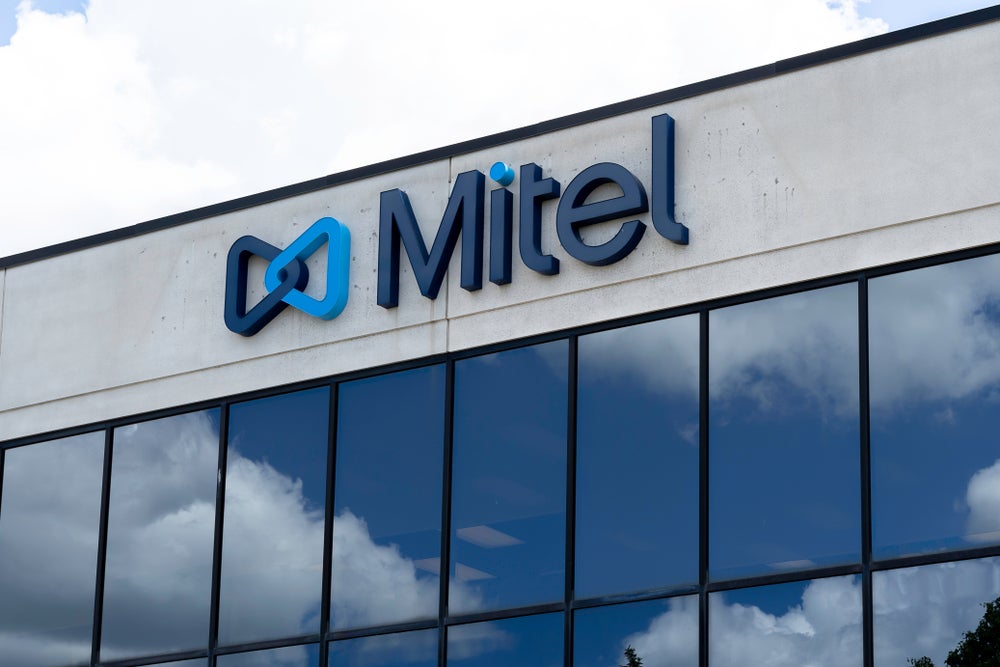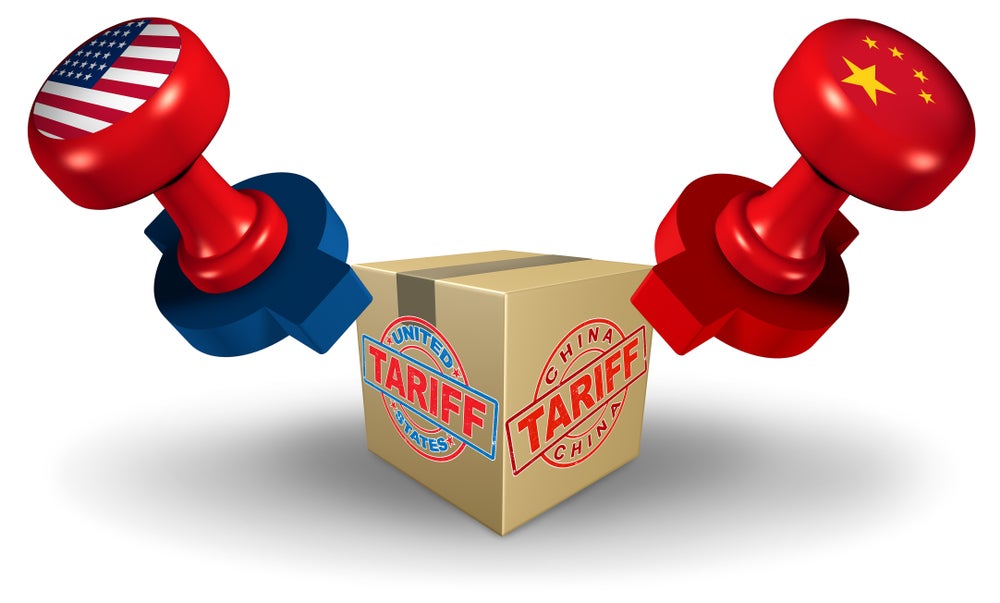Telco service providers to enterprises of all sizes around the world face the tricky problem of how best to deal with using third-party channels to market.
There is an inherent tension when it comes to another company selling your own products and services, potentially in competition with an expensive and skilled in-house salesforce.
The natural mindset of any company should be to maximise the value and potential of every customer. The problem comes when this mindset extends to thinking that every customer necessarily wants them to be their service provider – in many cases this is legacy incumbent cultural thinking. Others might argue that, having made the investment in networks, systems, and people, why let someone else take advantage of that?
Telco channel partner programs
The answer to that argument is that ‘a good customer is always right’ (some customers are ‘bad’ and best left alone). And if a ‘good’ customer chooses not to be served by a telco, the best way to access their spending is through a third party with whom they are prepared to do business. This flips the argument about having invested in products and services – it means these assets can be leveraged for more revenue and profit across a greater addressable market.
Telcos recognise this. The vast majority of them have channel partner programs of greater or lesser complexity. Partners tend to range from simple agents literally going round the streets knocking on the doors of potential business customers, to highly advanced integrators assembling complex technology solutions for sophisticated enterprises.
On closer examination, however, these channel partner programs still struggle when competing both with their direct sales channel siblings, and with one another. In some cases, multiple indirect programs compete even within an individual service provider’s channel strategy. This is inefficient and confusing, especially when there is only so much profit margin to be shared.
How well do you really know your competitors?
Access the most comprehensive Company Profiles on the market, powered by GlobalData. Save hours of research. Gain competitive edge.

Thank you!
Your download email will arrive shortly
Not ready to buy yet? Download a free sample
We are confident about the unique quality of our Company Profiles. However, we want you to make the most beneficial decision for your business, so we offer a free sample that you can download by submitting the below form
By GlobalDataTherein lies the rub. Channel programs have evolved to provide incremental revenue. Likewise, they make incremental progress by adding new products as they are launched, make additions in marketing collateral and support, add to pre- and post-sales support, and update systems and processes. But all service providers tend to follow this same incremental model, meaning that they struggle to differentiate in a highly fragmented and competitive market.
Partner programs need to be refined
Once a service provider’s direct/indirect internal strategic issues (customer ownership/channel conflict primarily, but also resource allocation) are resolved, it all boils down to focused execution. Partner programs need to be refined and redesigned so they find the optimal partners for targeted clusters (by behaviour, geography, size, sophistication, spend). Service providers need to ask partners what they want and how they can add value in the indirect channel (it seems obvious, but….). They need to invest in the right people (all partnerships survive or fail on human relationships), and drive towards a highly responsive, supportive and efficient set of systems and processes to deliver.
If the above sounds obvious, it should do. But what is almost always missing is the analysis of customer clusters and an optimised go-to-market strategy development (both direct and indirect) based on that knowledge. That is the main reason why telco B2B partnership programs struggle to outperform their competitors. Being a further step removed from the paying customer does not mean enterprises are no longer the key driver.








